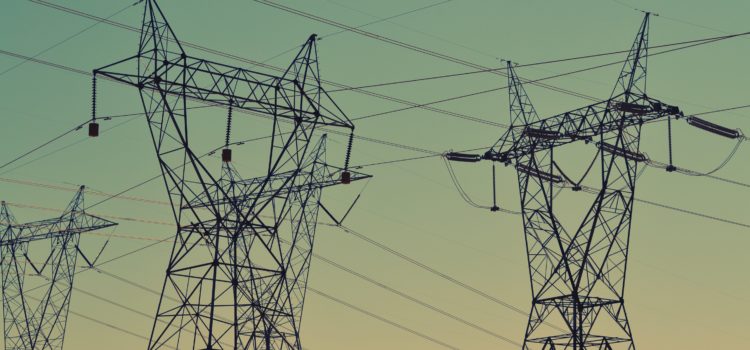

This article is an excerpt from the Shortform book guide to "How to Avoid a Climate Disaster" by Bill Gates. Shortform has the world's best summaries and analyses of books you should be reading.
Like this article? Sign up for a free trial here.
How much CO2 does electricity production generate? What can we do to reduce electricity carbon footprint worldwide?
Electricity production is the second largest contributing factor to global CO2 emissions (coming after manufacturing). Curbing emissions generated by electricity production is the most critical step in addressing global warming because it can help reduce carbon footprint across the board.
In this article, we’ll look at two potential solutions for reducing electricity carbon footprint.
Carbon Footprint of Electricity Generation
According to Bill Gates, eliminating electricity’s carbon footprint is an important step in curbing carbon emissions because non-carbon electricity can also help reduce emissions in all other industries.
For example, electric cars reduce emissions in the transportation category, and electric heat pumps can reduce emissions from furnaces in the heating and cooling category. As of 2021, fossil fuels account for two-thirds of electricity production worldwide, with hydropower contributing 16%, nuclear 10%, and renewable sources (including solar and wind) 11%. Gates highlights solar and wind as promising renewable/non-carbon energy sources. We’ll briefly discuss each.
The US Needs a Grid Update
Between the market trend of electrifying everything, the surge in electric car purchases, and the Biden administration’s goal of a carbon-less power sector by 2035, the US is placing increasing demands on an electrical grid that is becoming less reliable as it ages. For instance, there have been more than twice as many power outages in the last six years as in the preceding six years.
Unfortunately, updating the US electrical grid is expensive and complicated. A new grid could cost more than two trillion dollars. Perhaps more problematically, such a project promises to be politically controversial due to local and state legislators’ control over their region’s electrical systems. For instance, politicians may oppose grid updates to save their constituents’ money. Therefore, the electrical grid itself is likely to be a limiting factor in the US’s ability to run on clean electricity.

———End of Preview———
Like what you just read? Read the rest of the world's best book summary and analysis of Bill Gates's "How to Avoid a Climate Disaster" at Shortform.
Here's what you'll find in our full How to Avoid a Climate Disaster summary:
- Bill Gates's technology-based strategies for reducing global carbon emissions
- The challenges and limitations that come with fighting climate change
- The roles governments, private entities, and individuals must play to save the planet






